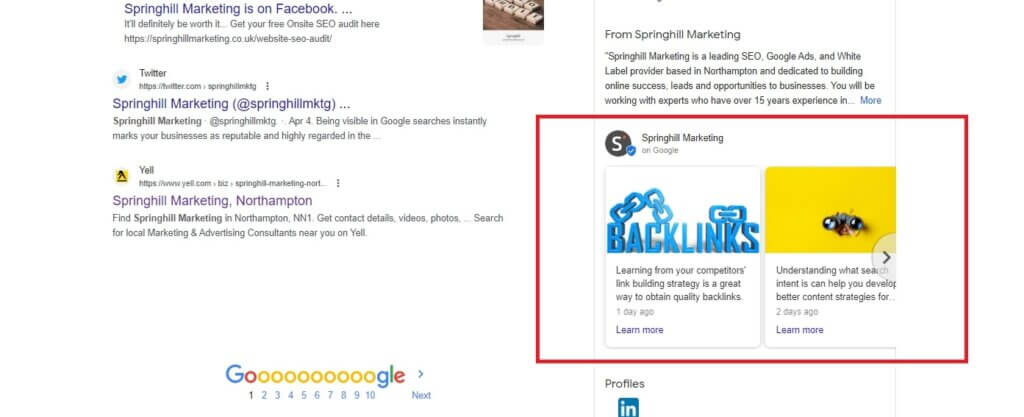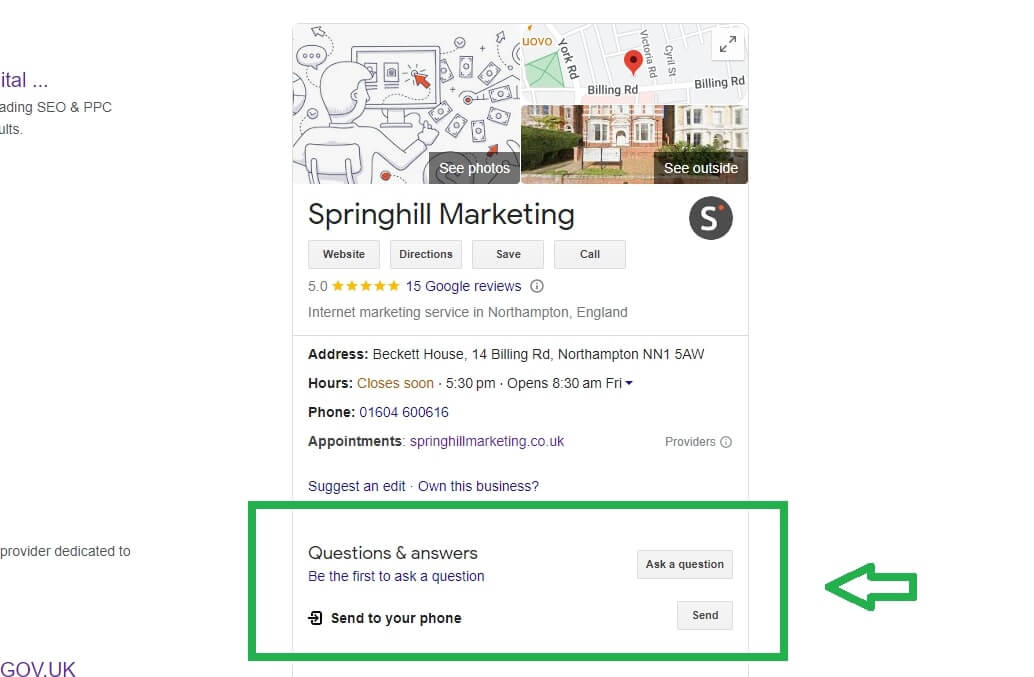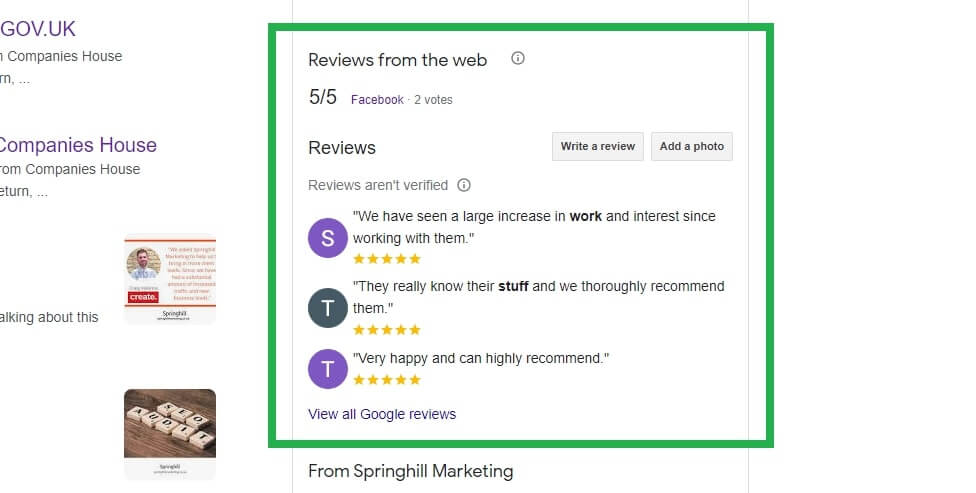Springhill Marketing Now Accepts BitcoinWelcome to the digital age of payments! Bitcoin, the world's leading cryptocurrency, has revolutionised the way we conduct financial transactions. Bitcoin is a decentralised digital currency that allows secure peer-to-peer...

Springhill Marketing Now Accepts Bitcoin
Springhill Marketing Now Accepts Bitcoin
Welcome to the digital age of payments! Bitcoin, the world’s leading cryptocurrency, has revolutionised the way we conduct financial transactions. Bitcoin is a decentralised digital currency that allows secure peer-to-peer transactions without the need for financial intermediaries like banks. It’s a virtual currency that exists solely in the digital realm.
In the rapidly evolving digital marketing landscape, businesses constantly seek innovative ways to stay ahead of the competition. Payment by Bitcoin opens exciting possibilities. We recognise its growing significance in the digital world and aim to provide a convenient and forward-thinking payment solution for those wanting to pay using digital currencies.
In this blog, we will explore the benefits of paying with Bitcoin for digital marketing services. From faster transactions to enhanced security, we will delve into the advantages that Bitcoin brings to the table. Additionally, we will guide you through the process of paying with Bitcoin at Springhill Marketing, ensuring a seamless experience for our clients.
Benefits of Paying with Bitcoin
Faster Transactions
Time is of the essence in the fast-paced digital marketing industry. With Bitcoin, transactions are processed swiftly, eliminating the need for lengthy processing periods associated with traditional banking systems. Say goodbye to waiting for days for your payments to clear, with Bitcoin, your transactions are processed in minutes. This allows us to promptly initiate your digital marketing campaigns and quickly begin working towards your business goals.
Lower Transaction Fees
Traditional payment methods often come with significant transaction fees that eat into your marketing budget, but Bitcoin offers a more cost-effective alternative. By bypassing intermediaries, Bitcoin transactions incur minimal fees, saving you money, reducing your bottom line and freeing up budget so that it can be reinvested into your marketing efforts.
Increased Security
Security is of top concern for all businesses when it comes to financial transactions. Bitcoin provides robust security features, including cryptographic encryption, to protect your funds. With its decentralised nature and advanced encryption algorithms, Bitcoin offers a secure payment method that safeguards your sensitive information. Rest assured that your transactions with Springhill Marketing are protected by the power of Bitcoin’s security protocols.
Improved Accessibility
Bitcoin enables easy and inclusive access to our digital marketing services. Regardless of your location or traditional banking infrastructure limitations, Bitcoin allows businesses from around the world to engage with Springhill Marketing seamlessly. Embrace Bitcoin’s global reach and tap into our cutting-edge digital marketing expertise without the barriers imposed by traditional payment systems.
For instance, with the widespread adoption of smartphones, Bitcoin allows for easy and convenient mobile payments. This feature offers the flexibility of making payments on the go, further enhancing accessibility and convenience.
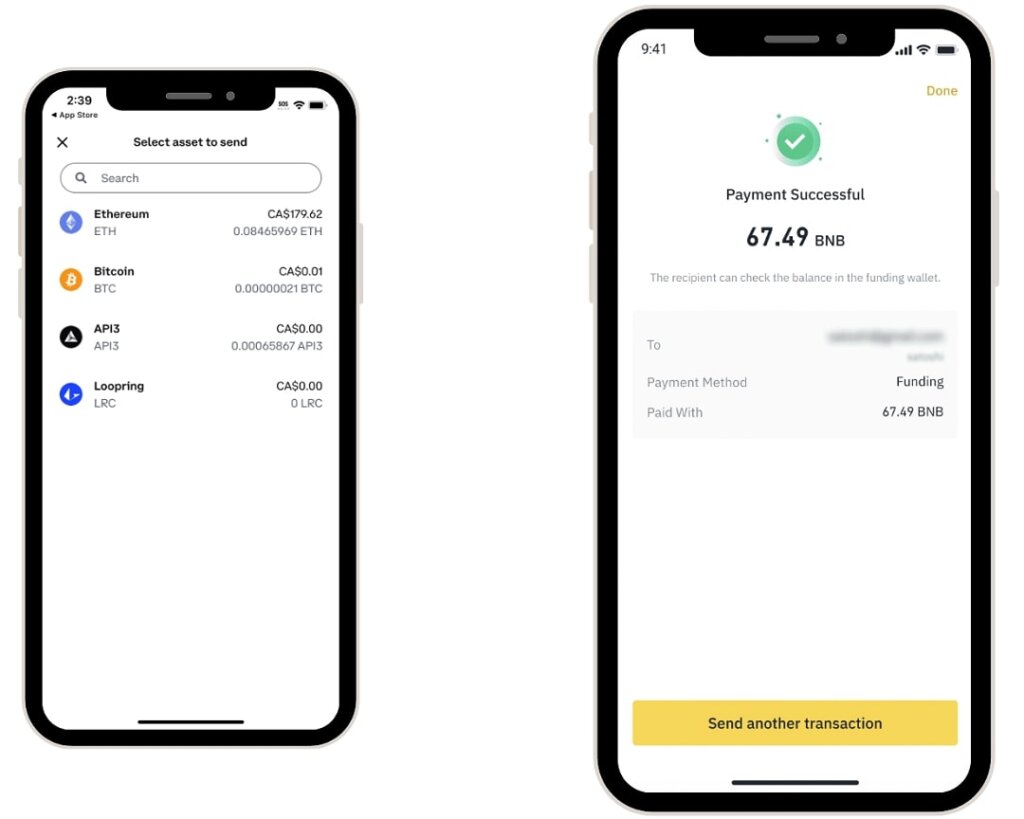
How to Pay with Bitcoin at Springhill Marketing
At Springhill Marketing, we’ve streamlined the payment process for Bitcoin transactions, offering you a secure and efficient experience. Simply choose the Bitcoin payment option on our website and enter the desired amount. Through a decentralised network of global users, your payment will be swiftly confirmed and transferred to our Bitcoin wallet.
We’d like to give special thanks to Bridge2Bitcoin for their invaluable guidance and expertise.
Frequently Asked Questions (FAQs)
How secure is Bitcoin?
Bitcoin’s security is a result of its decentralised nature and advanced cryptographic protocols. Transactions are secured through blockchain technology, which ensures transparency. By utilising complex encryption algorithms, Bitcoin provides a high level of security, making it highly resistant to fraud and hacking attempts.
How does Bitcoin affect taxes?
Bitcoin’s tax implications vary depending on your jurisdiction. It’s essential to consult with a tax professional or accountant familiar with cryptocurrency regulations in your country. In general, Bitcoin transactions are subject to taxation, and it’s crucial to accurately report and comply with tax obligations related to your Bitcoin payments. Understanding your tax responsibilities ensures a smooth and compliant financial journey.
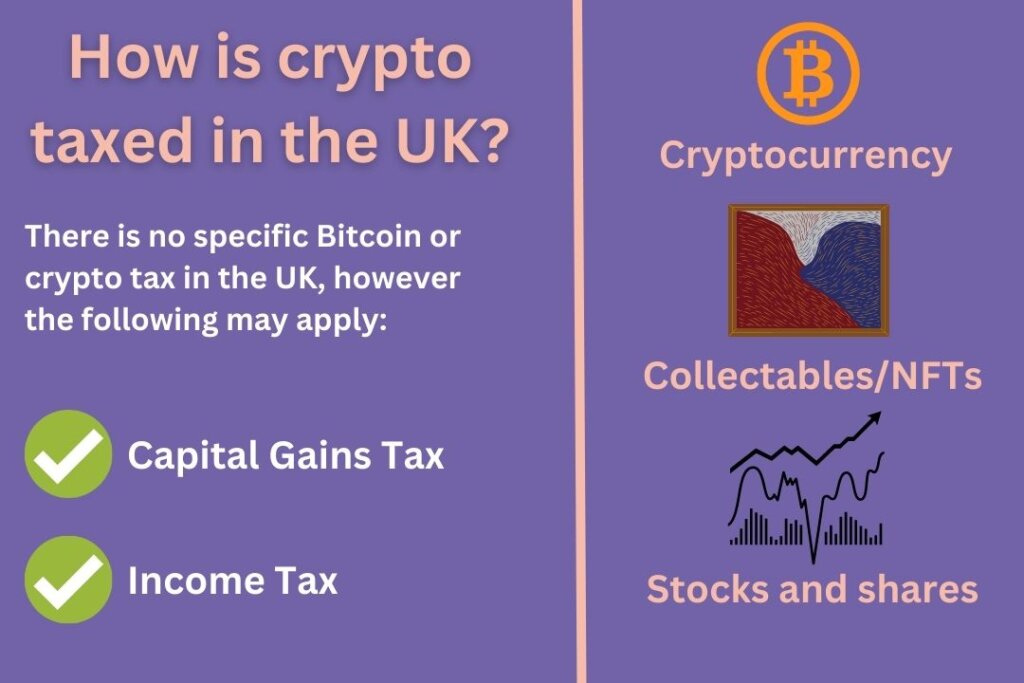
What are the advantages of using Bitcoin over other payment methods?
Bitcoin offers several advantages over traditional payment methods, making it an attractive option for digital marketing services.
- It provides faster transaction processing, enabling quicker campaign initiation.
- Bitcoin transactions incur lower fees compared to traditional banking systems, allowing you to optimise your marketing budget.
- Bitcoin’s security features, such as encryption and decentralisation, offer enhanced protection for your financial transactions.
Conclusion
Embracing Bitcoin as a payment option opens a world of advantages, including faster transactions, lower fees, and increased security. By adopting this innovative payment method, you can enhance your digital marketing experience and unlock new opportunities for business growth.
Join the digital revolution of payments and experience the convenience and advantages of paying with Bitcoin. Seamlessly integrate Bitcoin into your financial strategy, optimise your marketing budget, and benefit from faster, more secure transactions. Embrace the future of digital marketing and embark on a transformative journey with Springhill Marketing.
For more information and personalised guidance on paying with Bitcoin, please reach out to us. We are here to address any queries you may have to ensure a smooth payment process. Contact us today to explore the possibilities of Bitcoin-powered digital marketing services.
Remember, Springhill Marketing is committed to innovation, convenience, and security. Start leveraging the power of Bitcoin for your digital marketing needs and stay ahead in the dynamic world of online advertising.
Drive Your Business Towards The Best Results.
Talk to us about how we can help.















